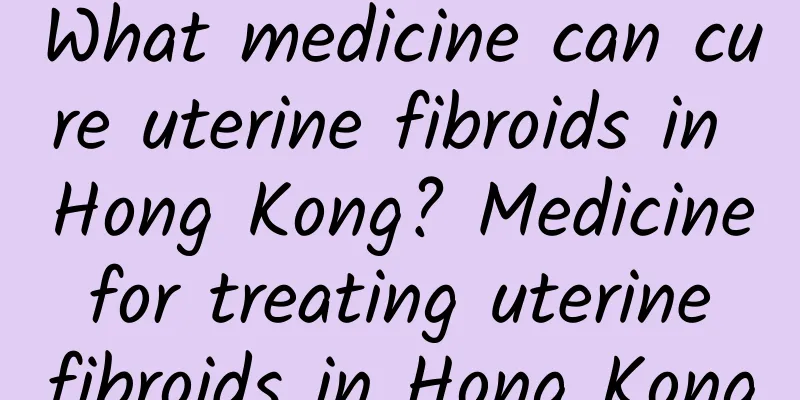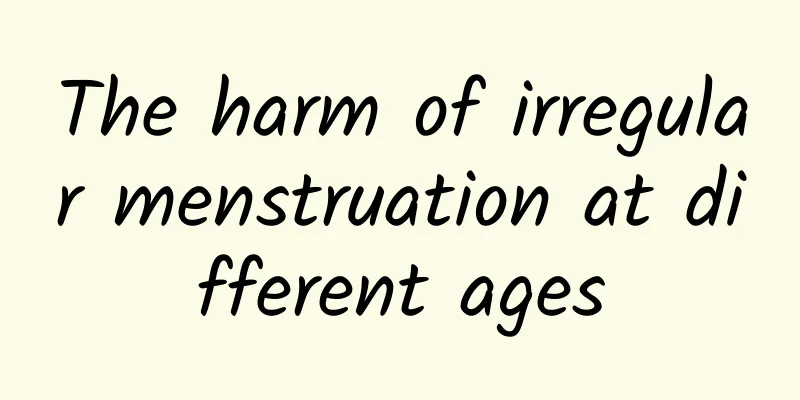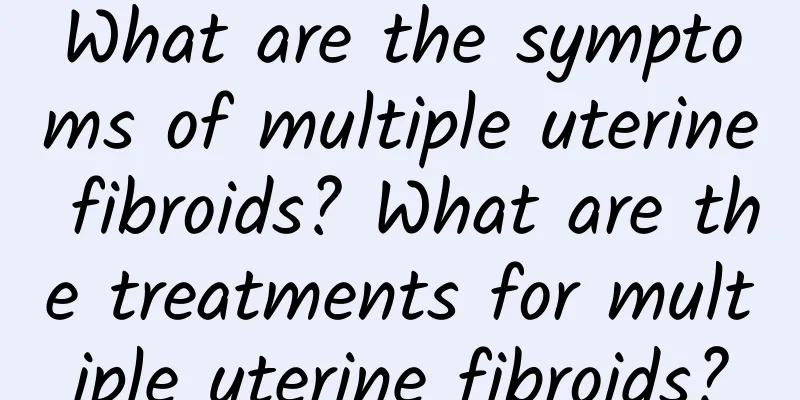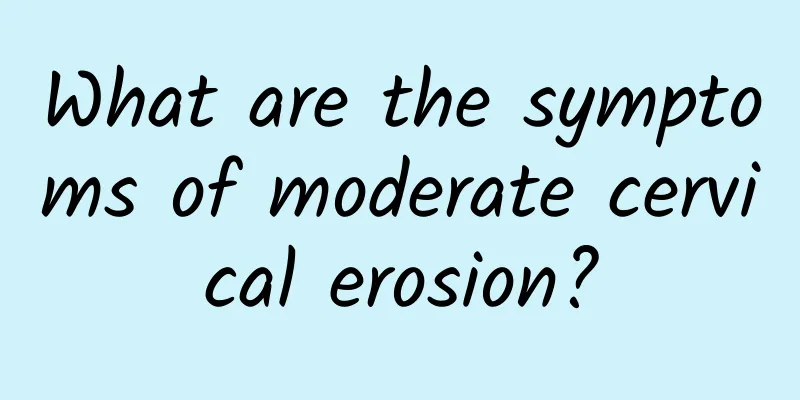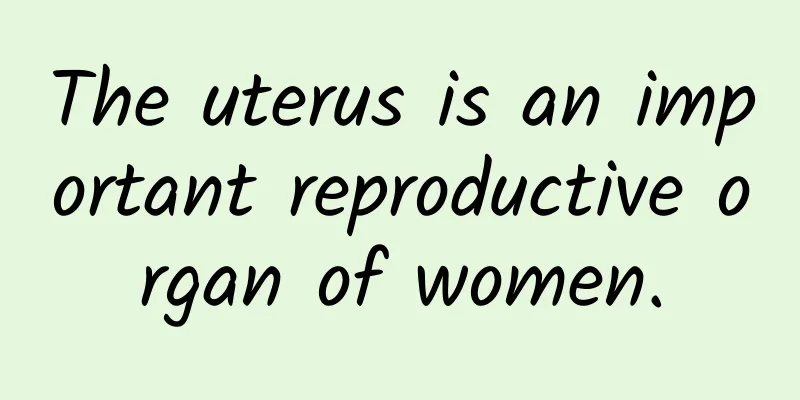Endometriosis Treatment
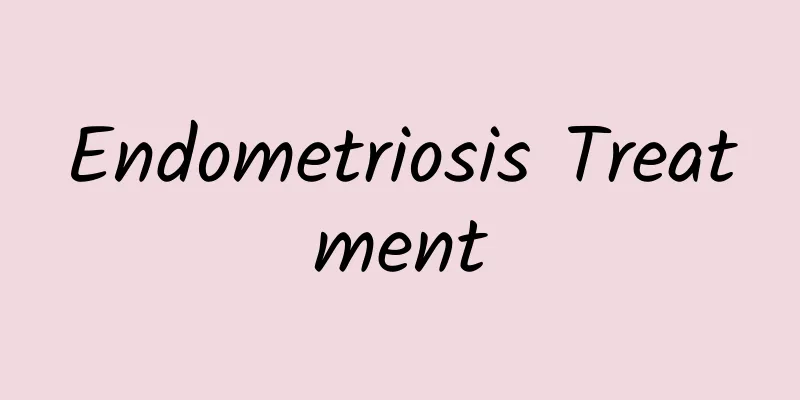
|
Everyone may have heard of endometriosis. In fact, this disease is that the endometrium runs outside the uterus, which will definitely affect pregnancy. Many women are infertile because of this disease. Therefore, for endometriosis, it is necessary to seize the time to treat it. Treatment, next, let's look at the treatment of endometriosis. Endometriosis is still a difficult disease to treat, but patients should not give up easily. After all, there are still some medical methods to treat this disease. I hope women will pay attention to the treatment of endometriosis and actively cooperate with doctors for treatment. Surgical treatment, current surgical methods: (1) Conservative surgery: For young patients who desire to have children, the uterus and bilateral or unilateral adnexa should be preserved as much as possible when the lesion is removed. (2) Semi-conservative surgery: For young women who have given birth, the diseased uterus can be removed and one or both sides of the appendix can be retained. (3) Radical surgery: For women who are near menopause or young, those who are not responsive to drug treatment, those with extensive lesions, and those with severe symptoms, total hysterectomy and bilateral salpingo-oophorectomy should be performed. Drug treatment. Drug treatments include: (1) Pseudo-pregnancy treatment: In the 1950s, pseudo-pregnancy was used to treat endometriosis, transforming the ectopic endometrium into decidua, interstitial edema, endometrial necrosis and atrophy. The commonly used drug is progesterone. (2) Pseudomenopause therapy: Pseudomenopause therapy began in the 1980s. It inhibits the secretion of pituitary gonadotropin, inhibits ovarian function, causes endometrial atrophy, and leads to menopause. Commonly used drugs include Dana-Sire and Nemedone. (3) Drug "oophorectomy": GNRH-A has been used to treat endometriosis since the 1980s. Its mechanism of action is that GNRH-A occupies most of the pituitary GNRH receptors, leading to hypogonadotropic regulation and desensitization of the pituitary. As a result, the secretion of FSH and LH in the pituitary decreases. The sex hormones secreted by the ovarian terminals drop to menopausal levels, causing atrophy of the implanted endometrium. (4) Anti-estrogen drugs: Tamoxifen is an anti-estrogen drug and is the first choice for the treatment of endometriosis after progesterone and idarucizumab. (5) Mifepristone (RU486) has the effects of inhibiting ovulation, inducing luteolysis and anti-proliferation, and is widely used clinically. During treatment, patients experience amenorrhea, reduced abdominal pain, and reduced lesions. Menstruation returns to normal 3 to 6 weeks after discontinuation of the drug. (6) Traditional Chinese Medicine: Guizhi Fuqin Capsules are commonly used, three times a day, three tablets each time. It can be seen that there are two main types of treatments for endometriosis. One is surgical treatment, and the other is drug treatment. Drugs are also divided into Chinese and Western medicine treatments. It can be said that endometriosis can still be cured. I hope that female friends can actively cooperate to avoid delaying the disease and increasing the difficulty of treatment. |
<<: Endometriosis Chinese medicine
>>: How to check for endometriosis
Recommend
Is it expensive to treat congenital absence of vagina?
Congenital absence of vagina basically means infe...
Can I still get pregnant with adenomyosis? What should I pay attention to in my diet?
Can I still get pregnant with adenomyosis? What s...
10 tips to reduce belly fat
I'm already very thin, why is my belly still ...
Experts explain common symptoms after abortion surgery
Female friends may experience some symptoms after...
How to treat cervical warts
Many patients with cervical warts worry every day...
Do I need to treat mild cervicitis? There are five main hazards of cervicitis in women.
Every day, there are a large number of patients q...
What should I do if the amount of bleeding increases ten days after the medical abortion? This article will help you understand
If the amount of bleeding increases ten days afte...
What medicine is effective for cervicitis?
Cervicitis can generally be treated with good res...
What are the clinical symptoms of abdominal wall endometriosis?
Are there many clinical symptoms of abdominal wal...
What elements are missing from abnormal vaginal discharge?
Abnormal leucorrhea may be related to the lack of...
What causes pelvic effusion?
What causes fluid accumulation? From a medical po...
Prevention and treatment of diseases in menopausal women
Women enter menopause (menopausal food) after the...
What are the most obvious signs before menstruation?
There is no such thing as the "most obvious ...
Estrogen-progesterone replacement therapy for amenorrhea caused by premature ovarian failure
Amenorrhea can be caused by premature ovarian fai...
How severe is vaginitis? The severity varies from patient to patient.
I believe everyone is familiar with vaginitis. Va...

